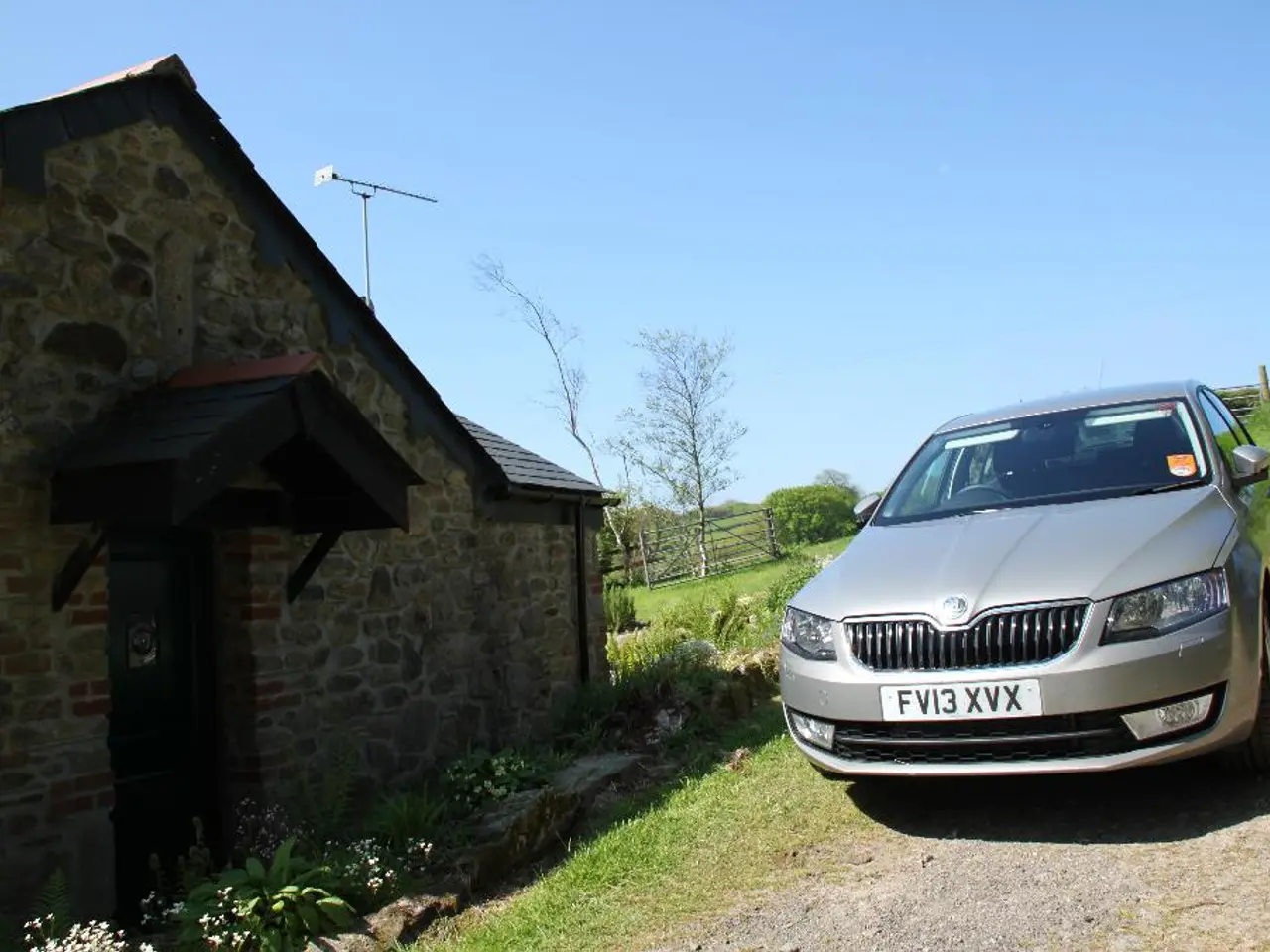Energy Efficiency Comparison Across Optimization Stages
In a groundbreaking development, a household in Estonia has harnessed the power of multi-directional optimization to significantly reduce their electricity costs and reshape their energy usage patterns.
The household, equipped with a Huawei Luna2000-10-S0 home battery, a solar energy solution with a maximum production capacity of 7.5 kW, and an electric vehicle with a consumption of 20 kWh/100 km, has managed to achieve a total annual cost of -€191, making the net income from the sale of electricity greater than the cost of consumption.
This transformation is made possible by the simultaneous and multidirectional optimization of energy devices like electric cars and home batteries in a multi-market, asset-constrained environment. This innovative approach enables dynamic load shifting, bidirectional energy flows, and integrated resource scheduling, leading to cost reduction through intelligent scheduling and tariff optimization.
Smart microgrid and hybrid systems, incorporating renewable generation, batteries, and EVs as flexible resources, can reduce peak electricity demand by shifting loads to off-peak intervals and balancing phases in three-phase systems. This not only reduces strain on distribution networks but also avoids costly infrastructure upgrades.
Moreover, optimization frameworks that consider multiple objectives—including voltage security and system flexibility constraints—improve grid technical performance. Incorporating mobile storage units like EVs and bio-waste resources enhances voltage stability and operational capacity, leading to a 20%-40% improvement over conventional approaches.
The optimized household is virtually disconnected from the grid for many hours and interacts with the grid only when the arbitrage opportunity is high. During hours with high electricity prices, the household sends electricity to the grid and the EV is fully charged again. The car is connected to the charger on weekdays between 18:00 and 08:00 and on weekends between 15:00 and 10:00, ensuring the battery is fully charged every morning before it leaves home.
In the base scenario with no optimization, the annual electricity cost of the household would be €1830. However, with the addition of bidirectional optimization, the electricity cost of the household could be decreased by nearly €1380 compared to the base scenario. If the charging of the electric vehicle was optimized according to market prices, the household could save approximately 400€ per year.
This revolutionary approach not only delivers improved economic outcomes but also enhances grid stability and promotes more sustainable energy usage patterns. The household, in essence, transforms from a passive consumer into an active participant in multiple energy markets, shifting consumption to cleaner, cheaper power and prioritizing self-consumption of locally generated renewables.
In summary, multi-directional optimization enables energy devices within households and microgrids to act cooperatively across various energy markets and operational limits, delivering improved economic and technical outcomes, including lower electricity bills, enhanced grid stability, and more sustainable energy usage patterns.
- This revolutionary approach, with its focus on multi-directional optimization, not only transforms households but also engages them in the finance, technology, energy, and even the finance sector, as they become active participants in multiple energy markets and prioritize self-consumption of locally generated renewable energy.
- The integration of renewable generation, batteries, electric vehicles, and smart microgrid systems represents a significant step in the energy industry, as it harnesses technology for efficient energy usage, cost reduction through intelligent scheduling and tariff optimization, and the generation of a net income greater than the cost of consumption, as demonstrated by the Estonian household.




